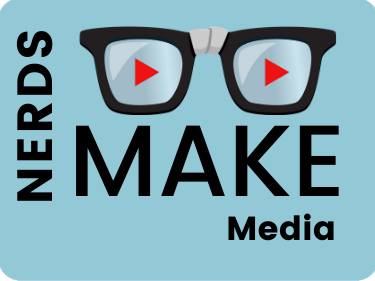A game involves engaging in a challenge, defined by rules, that have a quantifiable outcome, with interactivity and feedback. Simple example – in 10 seconds, list 3 countries that begin with U.
Game mechanic elements – constructs of rules or methods designed for interaction with the game.
Gamification – motivation design. The use of game elements and game mechanics in a non-game context to engage learners and solve problems.
Recommends Karl Kapp’s two texts:
The Gamification of Learning and Instruction Fieldbook: Ideas into Practice
GAO had a customized, but off-the-shelf curriculum for leadership which focused on standard competencies – influence, team-building, coaching, integrity etc. They wanted to make it more practical and relevant for their leaders, with more relevant scenarios, reflection and action planning. Audience analysis revealed they didn’t want role-playing.
Virtual leadership curriculum that they developed:
9 webinars
Before webinars learners do pre-course resource exploration and scenarios
No lecturing in the webinar. Goal of webinars was to:
o Review scores
o Delve into resources for rationale
o Discuss application of principles to situations
o Create action plan
Goal: Relevance and usefulness
Biggest challenge was motivation – how to motivate them to learn about an abstract concept like “accountability”
Design instruction and game play elements together
Create player persona – motivation of learner, characteristics and desired behavior (audience analysis)
Really figure out desired behavior change
How can they use those principles in their work situations?
What is current behavior?
What is desired behavior?
What is the gap? (be specific, write it down, test your understanding with others).
Needs to be reflected in objectives
Build in Level 2 Kirkpatrick evaluation
“if there’s no linkage to the performance goal, it’s just fun” – always ask yourself “will using a game encourage the learner to interact with the content and achieve a learning goal?”
